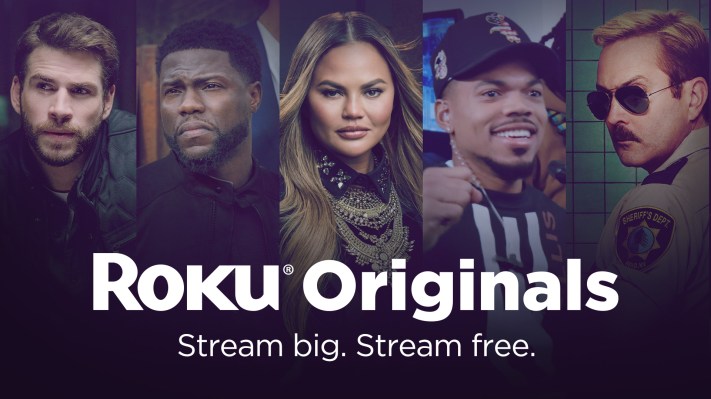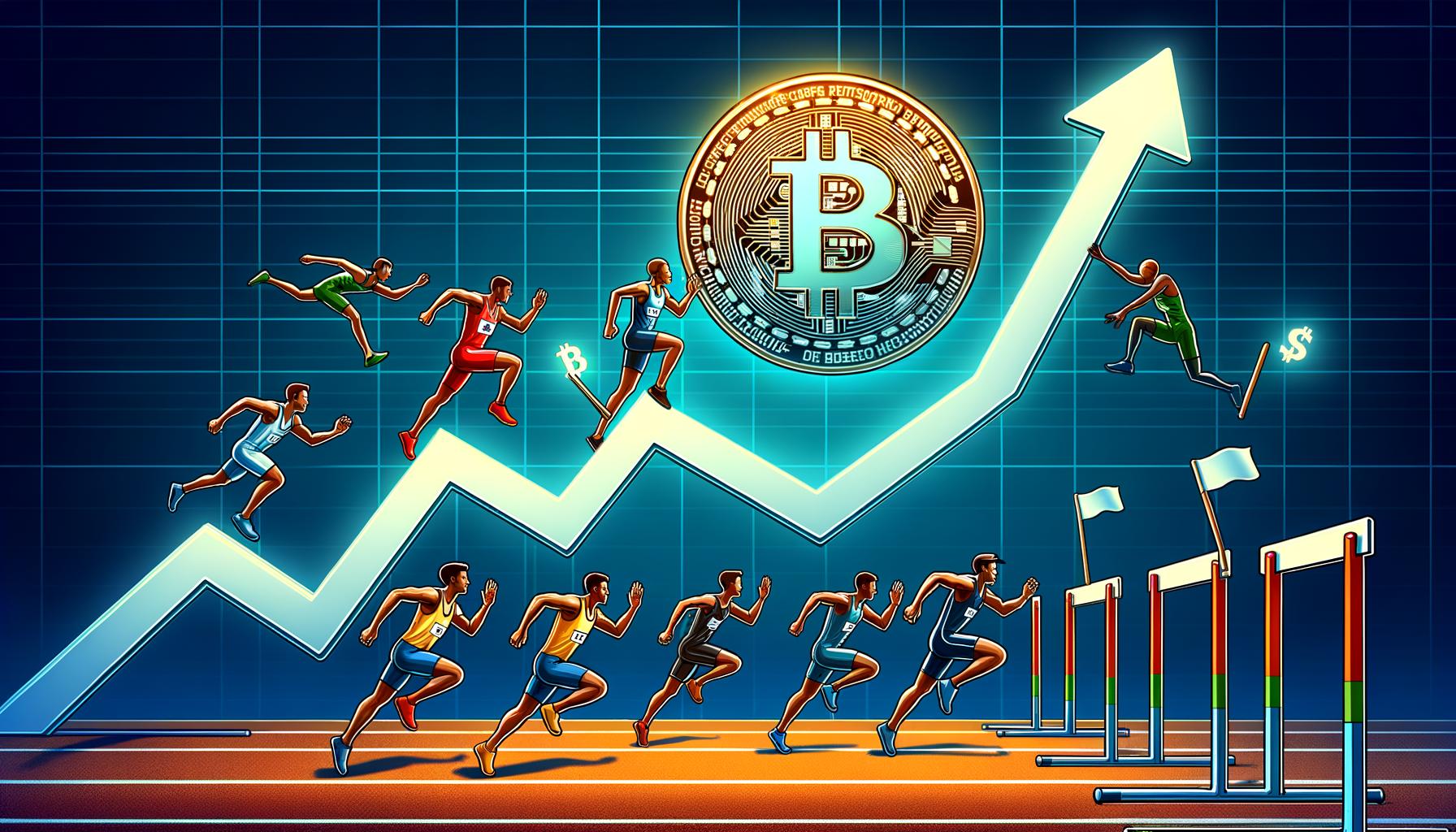Patreon has a new look for its next era
Image: PatreonA decade since launching with the mission of helping creatives make money directly through fan support, Patreon is undergoing a major rebrand — and reimagining what the next decade might look like for the so-called creator economy. Beginning...
/cdn.vox-cdn.com/uploads/chorus_asset/file/24973582/0___Patreon_Hero__1_.jpg)
A decade since launching with the mission of helping creatives make money directly through fan support, Patreon is undergoing a major rebrand — and reimagining what the next decade might look like for the so-called creator economy.
Beginning this week, a slew of new features and products that have been in the works will roll out widely to creators and fans. Taken one by one, the features are incremental additions to the company’s suite of creator and fan tools. But in the biggest picture, it’s clear Patreon has been going beyond the membership-based model it launched with. Patreon is no longer just a paywall for creatives — it’s also increasingly a social outlet for fans and a wide-ranging content creation tool.
At the same time, the company unveiled a new visual brand identity today and a revamped mobile app that CEO Jack Conte says is part of the company’s effort toward giving creators the tools they need to run their business on their own terms and reach fans without a social platform’s interference.
“All these things that we’ve built, now we want them all to fit together well and be one cohesive experience for creators and their communities,” Conte told The Verge.
Over the past year, Patreon has slowly introduced more native features for creators and fans — often as an alternative to off-platform tools creators already use. Many Patreon creators aren’t just posting exclusive content on the platform; they’re also uploading to YouTube, chatting with fans directly on Discord, and promoting themselves on TikTok. Conte is emphatic that Patreon doesn’t want to replace all of that — but the platform is no longer simply a way for artists, podcasters, and writers to paywall their work. More and more, Patreon is becoming an all-in-one app.
Image: Patreon
Soon, Patreon creators will get access to free membership tiers, allowing fans to follow their work without signing up for a paid subscription. (The company has been testing this feature with a small group of creators since announcing it in June.) Creators will also be able to sell digital products via Patreon, like files or videos, in addition to offering paywalled material. Content creators making “18+” material won’t be able to sell digital products.
One of the biggest updates — and perhaps a hint as to the direction Patreon is headed — is the full rollout of community chats, the Discord-like messaging system announced by Patreon in September. Though fans already have ways to interact with each other via comments, the introduction of chat rooms centered around a creator feels like the clearest indication that Patreon wants its platform to be a place fans spend time, not just consuming exclusive content but discussing it with strangers, too.
“There’s some [fan discussion] that’s happening on Twitter, but those spaces aren’t built for this,” Julian Gutman, CPO at Patreon, told The Verge. “They’re not built for deep fandom engagement.”
Along with community chats, Patreon revamped member profiles to include more details like bios, profile pictures, and social media links, visible to other fans supporting the same creator. In the future, member profiles could contain more detailed information about individuals, including what tier a user subscribes to, items they’ve purchased, and what other creators they support, according to the updated privacy policy. Member profiles are turned on by default, according to an email notice sent to users in late September, causing some confusion and concerns around user privacy. Gutman says member profiles are a way for fans to connect with other people who share a community.
Image: Patreon
With this update, Patreon users will see an updated home feed, where new posts are grouped by individual creator and organized reverse-chronologically — a creator’s latest video, digital download, and chat activity are clustered together instead of being slotted between the posts of other creators. On updated landing pages, creators will be able to customize the appearance through page layout, colors, and organizing posts through collections.
Image: Patreon
The Patreon logo is changing, too — though its final form is variable. A static version of the new logo looks a little like a silver bean but will shift based on where it appears, and the company says, in the future, it will give creators a tool to make their own custom version of the logo using their own colors, textures, and motion.
“Creators don’t have ownership and control on the platforms that they use, they’re renting space from these other services,” Conte says. “On Patreon, they own the surface. It’s theirs.”
But even creators on Patreon rely on platforms to not destabilize their business. Last year, Patreon creators using Vimeo to host videos were told they could lose their past work if they didn’t pay unexpected cost increases — shortly after, Patreon launched its own video hosting feature that creators had been waiting for. In August, multiple simultaneous issues with Patreon payment processing meant that some creators were unable to access their money, and fans were seeing their subscriptions being canceled.
Does a truly independent creator economy mean eventually creatives won’t need Patreon, either? Conte believes that more and more people will continue to become professional creators, with power shifting toward people and away from platforms and companies.
“I think people will need tools and people will need infrastructure in order to do that. It will have to be more personal, it will have to be more individualistic, it will have to align with their goals, not the institution’s goals,” Conte says. “And those are the shifts that Patreon is embracing in a way that I think other institutions are not.”

 Aliver
Aliver 































